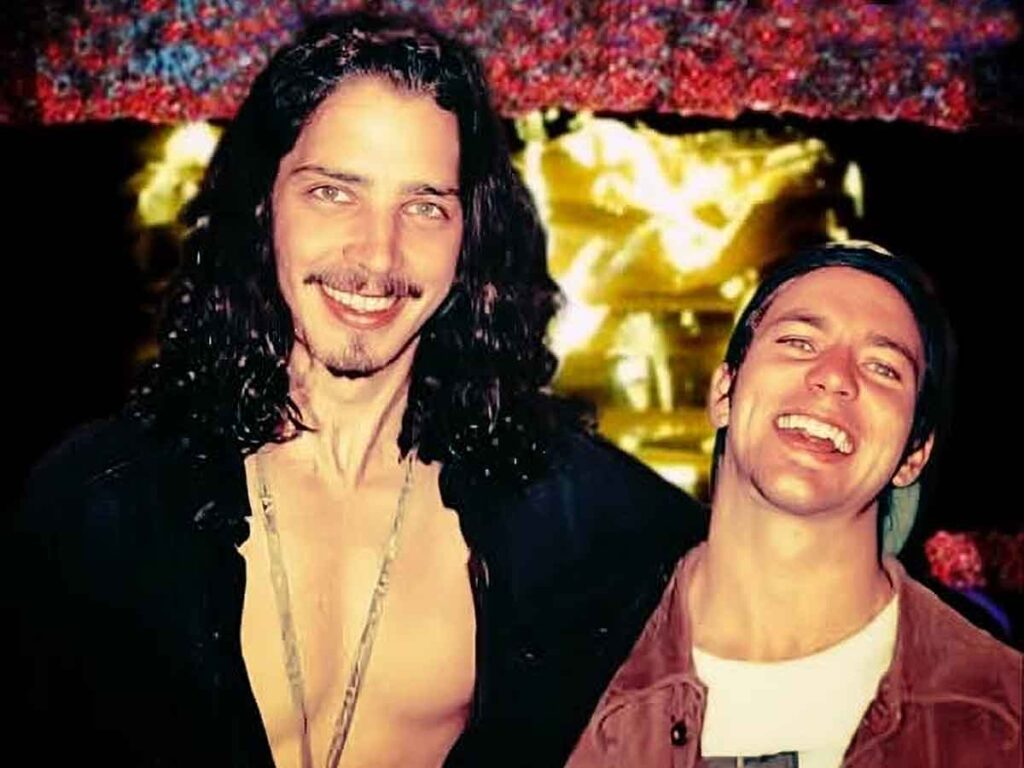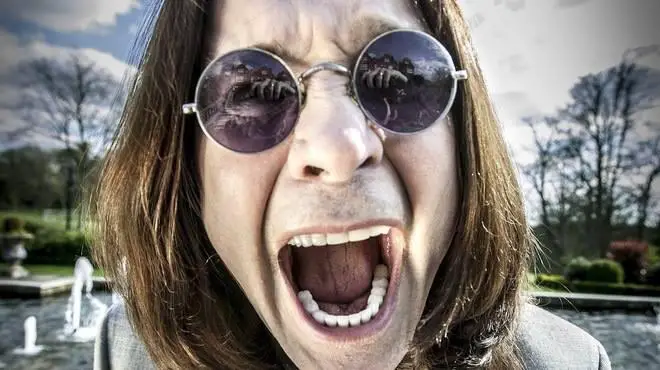Temple of the Dog was never meant to be a band—it was a spontaneous, heartfelt tribute that became one of the most revered albums in rock history. Formed in 1990, the project was a response to the sudden loss of Andrew Wood, the charismatic lead singer of Mother Love Bone, who died of a heroin overdose at just 24 years old. His passing deeply affected Chris Cornell, frontman of Soundgarden and Wood’s close friend and roommate.
Struggling with grief while on tour, Cornell poured his emotions into two songs: “Say Hello 2 Heaven” and “Reach Down.” Rather than keep them for Soundgarden, he reached out to Wood’s former bandmates, guitarist Stone Gossard and bassist Jeff Ament, with the idea of recording a tribute single. What started as a small gesture soon evolved into something far greater.
The Birth of a Supergroup
The collaboration quickly grew beyond its original vision. With the addition of Soundgarden drummer Matt Cameron and guitarist Mike McCready, the group developed more material, leading to a full album rather than just a single. The band’s name, Temple of the Dog, was taken from a lyric in Mother Love Bone’s “Man of Golden Words,” a fitting tribute to Wood’s lasting influence.
During rehearsals, a then-unknown singer named Eddie Vedder—who had just arrived in Seattle to audition for what would become Pearl Jam—observed the sessions. One day, while Cornell was working on “Hunger Strike,” Vedder instinctively sang along to the chorus, his deep baritone contrasting beautifully with Cornell’s soaring vocals. Recognizing how well their voices blended, Cornell decided to turn the track into a duet, creating one of the most memorable collaborations in rock history.
Recording and Release
The band recorded their self-titled album at London Bridge Studios in Seattle over an intense 15-day session between November and December 1990. The album, released on April 16, 1991, featured a more melodic, emotional sound compared to the heavier styles of Soundgarden or the soon-to-emerge Pearl Jam. Songs like “Say Hello 2 Heaven” and “Call Me a Dog” reflected both sorrow and celebration, offering a tribute filled with pain, beauty, and catharsis.
Initially, the album received little attention, selling around 70,000 copies. However, as grunge took over the mainstream with the success of Ten and Badmotorfinger, A&M Records saw an opportunity. In 1992, they reissued Temple of the Dog, released “Hunger Strike” as a single, and promoted the accompanying music video. The album quickly climbed to No. 5 on the Billboard 200 and was eventually certified platinum.
The “Hunger Strike” video, filmed at Discovery Park in Seattle, became a defining visual of the era. Initially, there were creative differences—Soundgarden’s members preferred a more cinematic tribute to Wood, while Pearl Jam’s camp wanted a traditional band performance. Director Paul Rachman found a middle ground, using Seattle’s landscapes to create a raw, emotional atmosphere.
A Legacy That Lives On
Despite its success, Temple of the Dog was always meant to be a one-time project. Its members returned to their respective bands after the album’s release, and the group never toured behind the record. Cornell occasionally performed songs from the album with Pearl Jam or during his solo shows, keeping its spirit alive.
That changed in 2016 when Temple of the Dog reunited for a short, seven-date U.S. tour to celebrate the album’s 25th anniversary. The performances were an emotional experience for fans, marking the first time many had seen these songs performed live.
Tragically, less than a year later, Chris Cornell passed away in May 2017, adding another layer of meaning to Temple of the Dog. Originally created as a farewell to Andrew Wood, the album became a lasting tribute to Cornell himself.
More Than Just an Album
Temple of the Dog was born from grief but became something much more—a moment in time when some of Seattle’s greatest musicians came together, not for fame or commercial success, but out of love and loss. It captured the heart of an era, blending raw emotion with undeniable musical talent.
Its songs remain as powerful today as they were in 1991, standing as a testament to the deep friendships and creative bonds that shaped the Seattle grunge movement. While Temple of the Dog may have been a one-time collaboration, its impact is everlasting, forever echoing through the voices of Chris Cornell, Eddie Vedder, and the spirit of Andrew Wood.




